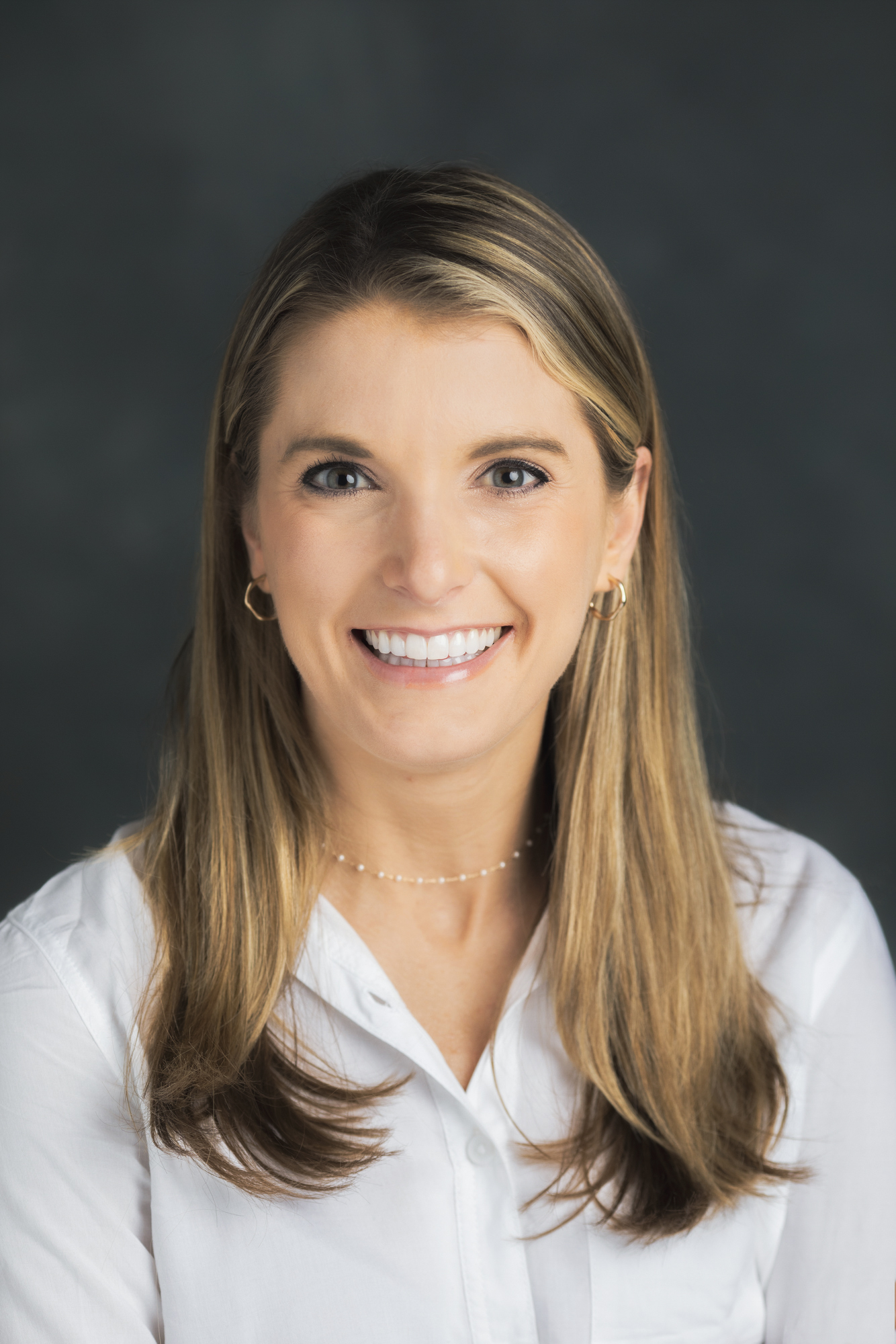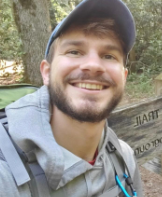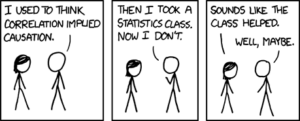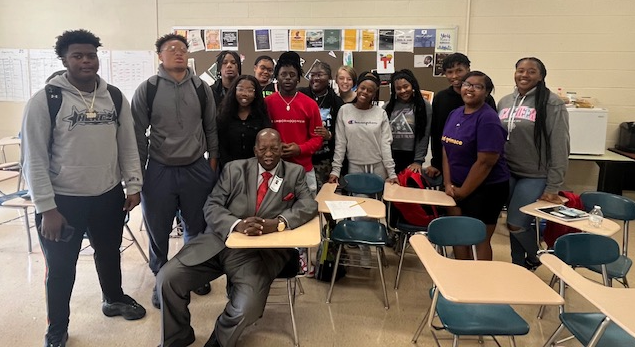Learning to Learn New Research Methods: How Watching YouTube Helped Me Complete My First Client Facing Project
By Austin Boyd
Every measurement, evaluation, statistics, and assessment (MESA) professional has their own “bag of tricks” to help them get the job done, their go-to set of evaluation, statistical, and methodological skills and tools that they are most comfortable applying. For many, these are the skills and tools that they were taught directly while obtaining their MESA degrees. But what do we do when we need new tools and methodologies that we weren’t taught directly by a professor? 
My name is Austin Boyd, and I am a researcher, instructor, UTK ESM alumni, and most importantly, a lifelong learner. I have had the opportunity to work on projects in several different research areas including psychometrics, para-social relationships, quality in higher education, and social network analysis. I seek out opportunities to learn about new areas of research while applying my MESA skill set in any area of research I can. My drive to enter new research areas often leads to me realizing that, while I feel confident in the MESA skills and tools I currently possess, these are only a fraction of what I could be using in a given project. This leads me to two options: 1) use a method that I am comfortable with that might not be the perfect choice for the project; or 2) learn a new method that fits the needs of the project. Obviously, we have to choose option 2, but where do we even start learning a new research method?
In my first year of graduate school, I took on an evaluation client who had recently learned about Social Network Analysis (SNA), which is a method of visually displaying the social structure between social objects in terms of their relationships (Tichy & Fombrun, 1979) The client decided that this new analysis would revolutionize the way they looked at their professional development attendance but had no idea how to use it. This is where I came in, a new and excited PhD student, ready to take on the challenge. Except, SNA wasn’t something we would be covering in class. In fact, it wasn’t something covered in any of the classes I could take. I had to begin teaching myself something that I had only just heard of. This is where I learned two of the best starting points for any new researcher: Google and YouTube.
Although they aren’t the most conventional starting points for learning, you would be surprised how convenient they can be. I could have begun by looking in the literature for articles or textbooks that covered SNA. However, I didn’t have time to go through an entire textbook on the topic in addition to my normal coursework, and most of the articles I found were applied research, far above my current understanding. What I needed was an entry point that began with the basics of conducting an SNA. Google, unlike the journal articles, was able to take me to several websites covering the basics of SNA and even led me to free online trainings on SNA for beginners. YouTube was able to supplement this knowledge with step-by-step video instructions on how to conduct my own SNA, both in software I was already proficient in, and in Gephi (Bastian, Heymann, & Jacomy, 2009), a new software designed specifically for this analysis. For examples of these friendly starting points, see the SNA resources below.
These videos and websites weren’t perfect, and certainly weren’t what I ended up citing in my final report to my client, but they were a starting point. A stepping stone that got me to a place where reading literature didn’t leave me confused, frustrated, and scared that I would have to abandon a project. This allowed me to successfully complete my first client facing research project, and they were equally thrilled with the results. Eventually, I even became comfortable enough to see areas for improvement in the literature, leading me to author my own paper creating a function that could reformat data to be used in one and two mode undirected social network analysis (Boyd & Rocconi, 2021). I’ve even used my free time to apply what I learned for fun and created a social network for the Marvel Cinematic Universe and the Pokémon game franchise (see below).
It is unrealistic to expect to master every type of data analysis method that exists in just four years of graduate school. And even if we could, the field continues to expand every day with new methods, tools, and programs being added to aid in conducting research. This requires us to all be lifelong learners, who aren’t afraid to learn new skills, even if it means starting by watching some YouTube videos.
References
Bastian M., Heymann S., & Jacomy M. (2009). Gephi: An open source software for exploring and manipulating networks. International AAAI Conference on Weblogs and Social Media. From AAAI
Boyd, A. T., & Rocconi, L. M. (2021). Formatting data for one and two mode undirected social network analysis. Practical Assessment, Research & Evaluation, 26(24). Available online: https://scholarworks.umass.edu/pare/vol26/iss1/24/
Tichy, N., & Fombrun, C. (1979). Network Analysis in Organizational Settings. Human Relations, 32(11), 923– 965. https://doi.org/10.1177/001872677903201103
SNA Resources
Aggarwal, C. C. (2011). An Introduction to Social Network Data Analytics. Social Network Data Analytics. Springer, Boston, MA
Yang, S., Keller, F., & Zheng, L. (2017). Social network analysis: methods and examples. Los Angeles: Sage.
https://visiblenetworklabs.com/guides/social-network-analysis-101/
https://github.com/gephi/gephi/wiki
https://towardsdatascience.com/network-analysis-d734cd7270f8
https://virtualitics.com/resources/a-beginners-guide-to-network-analysis/
Videos
https://www.youtube.com/watch?v=xnX555j2sI8&ab_channel=DataCamp
https://www.youtube.com/playlist?list=PLvRW_kd75IZuhy5AJE8GUyoV2aDl1o649
https://www.youtube.com/watch?v=PT99WF1VEws&ab_channel=AlexandraOtt
https://www.youtube.com/playlist?list=PL4iQXwvEG8CQSy4T1Z3cJZunvPtQp4dRy




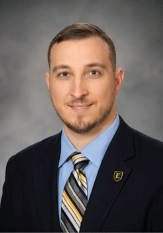 By M. Andrew Young
By M. Andrew Young




